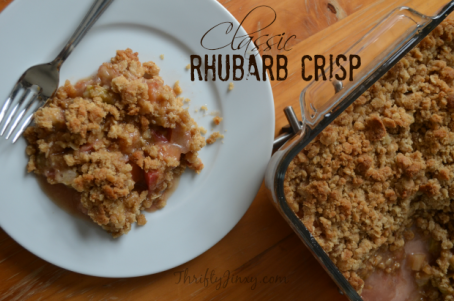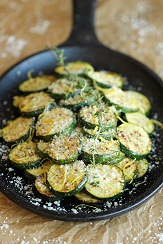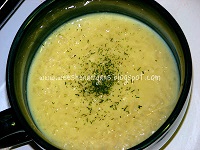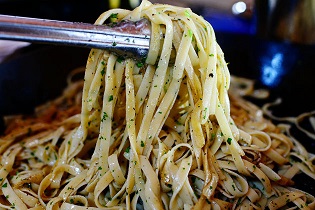Welcome to Week 3 of our Seasonal Fruit/Veggie of the Week series. We hope that you’ve been enjoying these recipes so far! This week’s seasonal veggie of the week is Bok Choy, a hearty vegetable that starts coming into season in Ontario in June.
Bok choy is a type of cabbage originally native to China. Other names used include “Chinese cabbage”, “Chinese savoy”, pak choy, pok choi, bai cai, xiao bai cai, Shakushina, cai thia, and cai trang con. Written evidence dates its cultivation back to at least the 15th century, but archaeological evidence suggests it may have an over 6000-year history. This would make it one of Asia’s oldest cultivated vegetables. Bok choy is high in vitamins C and A, and so has also been used as a medicinal plant to treat coughing, fever and stomach illness.
Bok choy grows well in colder climates and can be grown here in Canada. Chinese immigrants first brought the vegetable to North America in the 1800s, and bok choy has been grown in Ontario for at least 40 years.
For those new to using bok choy, try out this classic beef stir fry recipe:
Easy Classic Chinese Beef Stir Fry
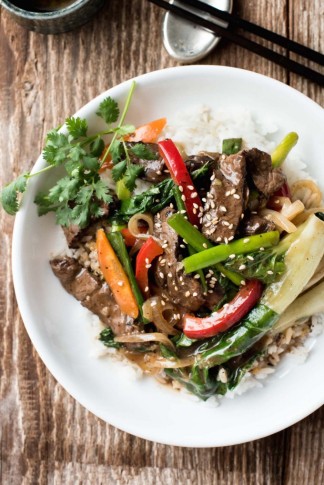
Serves: 2
Time: 23 minutes
Ingredients
- 3 tsp cornstarch/corn flour
- 2 tbsp + 1/3 cup water, separated
- 2 tbsp soy sauce (Use ordinary all-purpose soy sauce such as Kikkoman)
- 1 tbsp oyster sauce (optional)
- 2 tbsp Chinese cooking wine or dry sherry (or substitute with chicken broth)
- 1 tsp white sugar
- 1/2 tsp sesame oil (optional)
- Dash of black pepper
- 2 tbsp peanut oil
- 1 garlic clove , crushed
- 7 oz / 200 g beef , thinly sliced (Cut against the grain, this ensures tenderness)
- 1/2 small onion , sliced (yellow, brown or white)
- 1/2 red bell pepper, sliced
- 1 small carrot , halved lengthwise and sliced thinly on the diagonal
- 3 baby bok choy, quartered lengthwise (or equivalent large bok choy)
- 2 stems scallion/shallots , cut into 1.5″/3cm pieces
- Steamed white rice
- Sesame seeds (optional)
- Fresh cilantro / coriander (optional)
Directions
-
Combine the cornstarch and 2 tbsp of water in a small bowl, mix until smooth.
-
Mix in remaining Sauce ingredients except for the 1/3 cup water.
-
Place the beef and 2 tbsp of sauce in a bowl and mix gently. Set aside for 15 minutes.
-
Add 1/3 cup water into the remaining sauce. Set aside.
-
Heat oil in wok over high heat. Add garlic and cook for 15 seconds.
-
Add onion and cook for 1 minute.
-
Add the beef and cook until it changes colour from red to light brown but not cooked through.
-
Add bell pepper and carrots and stir fry for 30 seconds.
-
Add sauce and cook for 30 seconds.
-
Add bok choy and scallions/shallots and cook for a further 1 minute until the sauce is thickened.
-
Remove from heat immediately.
-
Serve with rice, garnished with sesame seeds and cilantro, if using.
Source: https://www.recipetineats.com/easy-classic-chinese-beef-stir-fry/

